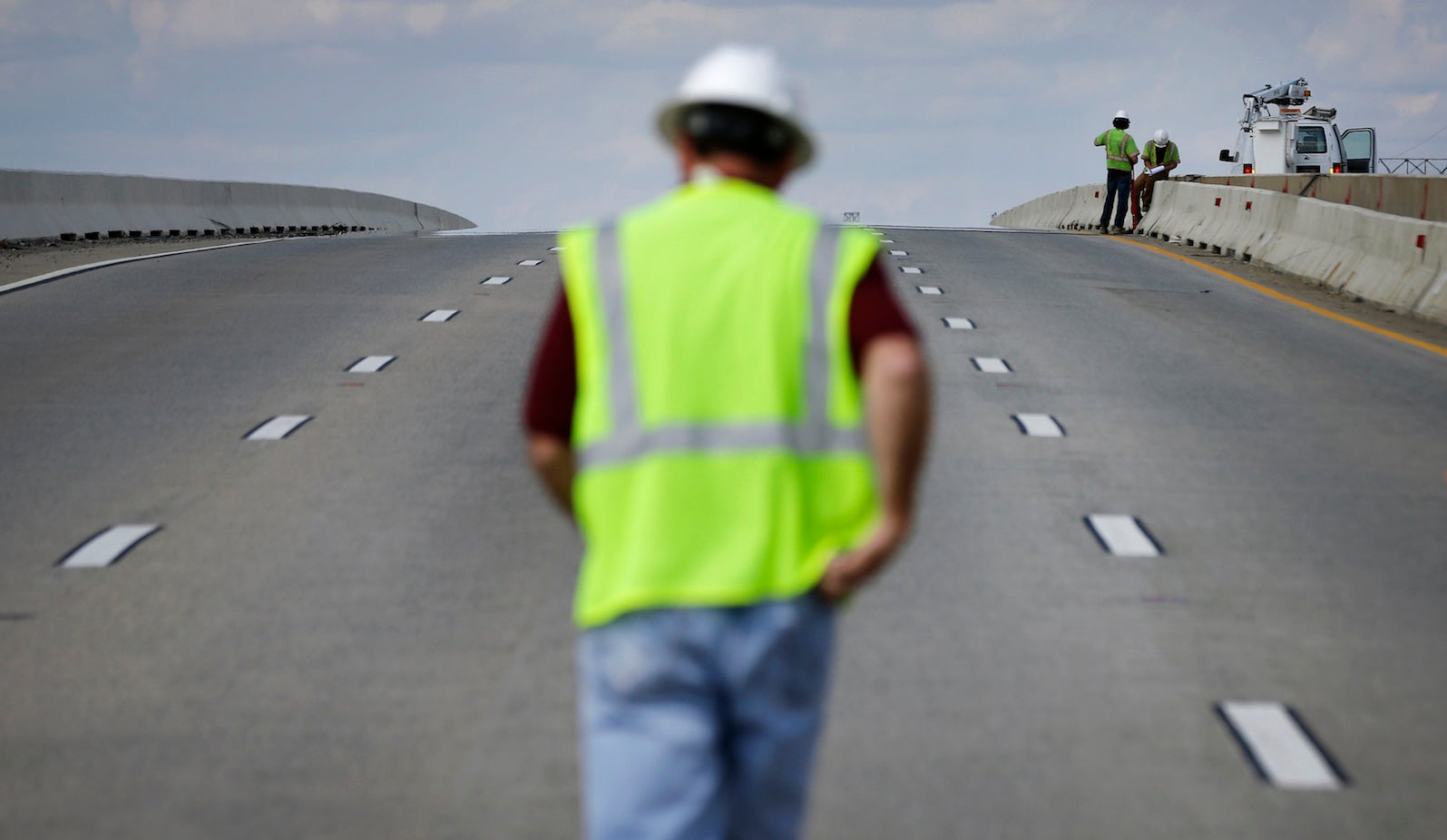The last project from America’s golden age of infrastructure is almost finished—61 years later
Interstate 95, or I-95, is the main highway down the east coast of the United States. It is 1,900 miles (3,060 km) long and connects Florida in the south to the US border with Canada in Maine in the north. I-95 serves 10% of the US landmass and 40% of its population. It is the most used road in America.


Interstate 95, or I-95, is the main highway down the east coast of the United States. It is 1,900 miles (3,060 km) long and connects Florida in the south to the US border with Canada in Maine in the north. I-95 serves 10% of the US landmass and 40% of its population. It is the most used road in America.
And it is almost finished.
I-95 has always had a missing section between New Jersey and Pennsylvania, where drivers were forced off the highway and on to local roads for eight miles before getting back on again. The gap was due to local opposition—it was to cut through Hopewell Valley, an affluent area near Princeton—and the energy crisis of the 1970s (paywall). (Though, to be fair to the politicians of New Jersey and Pennsylvania, there was a 34-mile gap in Florida that wasn’t closed until 1987.)
The Pennsylvania Turnpike Commission, working to close the gap for eight years, has added six overhead bridges, toll plazas, and flyover ramps, spending $400 million, according to Bloomberg. I-95 will finally be one continuous road by Sept. 24. It only took 61 years.
Completing I-95 is the last element of the plan funded by president Dwight Eisenhower’s Federal-Aid Highway Act of 1956, which created the interstate highways system and was, at the time, the largest public-works project in US history. (His commerce secretary went even further, calling it “the greatest public-works program in the history of the world.”) The act mandated $25 billion—around $230 billion in today’s money—to build 40,000 miles of highways. The funding was only supposed to be needed from 1957 to 1969.
That the US government thought it could remake America’s roads in little over a decade and that it actually took 61 years kind of sums up the decline in support for US infrastructure. Because of poor upkeep over the years, the American Society of Civil Engineers says that spending on infrastructure from 2016-2025 is $1.4 trillion short of what’s needed, stripping $4 trillion of GDP from the economy.
In his 2017 inauguration speech, Donald Trump lamented the spending of “trillions of dollars overseas while America’s infrastructure has fallen into disrepair and decay.” He has called for $1.5 trillion in spending on infrastructure over the next decade.
So far, not much detail of that plan has emerged.